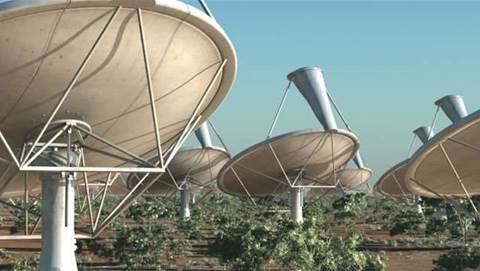
The Large Synoptic Survey Telescope (LSST), which is scheduled to begin operations in 2013, is 8.4 metres long and will survey the entire visible sky in multiple colours with a three-billion pixel digital camera.
LSST aims to probe the mysteries of dark matter and dark energy, and open a "movie-like" window on objects that change or move rapidly including exploding supernovae.
The decade-long survey will generate more than 30 terabytes of image data every night.
The wide-field imaging telescope now known as the LSST was originally designed at the University of Arizona by Regents Professor of Astronomy Roger Angel.
University of Arizona astronomer Philip Pinto was responsible for simulating the telescope's operation to develop new scientific strategies and to ensure that the instrument works as intended.
The University of Arizona, the National Optical Astronomy Observatory (NOAO), and the Research Corp, all based in Tucson, were among the four founding members of the LSST Corporation in spring 2003.
The National Science Foundation-funded NOAO is active in telescope design and site testing.
William Coughran, vice president of engineering at Google, said: "The data from LSST will be an important part of the world's information, and by being involved in the project we hope to make it easier for that data to become accessible and useful."
Donald Sweeney, LSST project manager, added: "The LSST will be the world's most powerful survey telescope, with vast data management challenges. Even though the universe is very old, exciting things happen every second.
"The LSST will be able to find these events hundreds of times better than today's other big telescopes. Google will help us organise and present the seemingly overwhelming volumes of data collected by the LSST."


_(22).jpg&h=140&w=231&c=1&s=0)
.png&h=140&w=231&c=1&s=0)
_(20).jpg&h=140&w=231&c=1&s=0)



_(26).jpg&w=100&c=1&s=0)

 iTnews Executive Retreat - Security Leaders Edition
iTnews Executive Retreat - Security Leaders Edition











_(1).jpg&h=140&w=231&c=1&s=0)



